Ultimate Gear Guide for International Fishing
Embarking on an international fishing expedition is an adventure like no other. From the serene fjords of Norway to the vibrant coral reefs of Australia, each destination offers unique challenges and rewards for anglers. However, success in these diverse environments requires careful preparation and the right equipment. This comprehensive guide will walk you through everything you need to know about selecting, packing, and using fishing gear for your global angling adventures, ensuring you’re ready to cast your line with confidence anywhere in the world.
Understanding Different Fishing Environments Worldwide
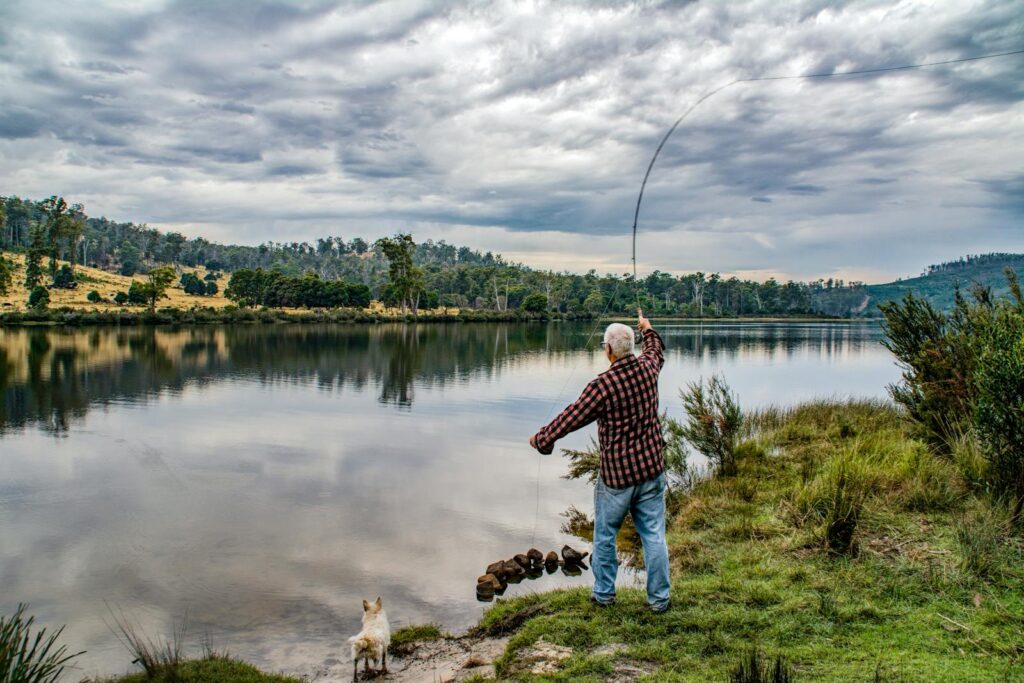
International fishing presents a vast array of environments that demand specific gear considerations. Saltwater fishing in tropical locations requires corrosion-resistant equipment that can withstand harsh saline conditions and fight powerful species like marlin or tuna. Freshwater fishing in remote northern lakes might necessitate lightweight, packable gear that performs well in cold temperatures. High-altitude stream fishing in places like the Andes or Himalayas introduces challenges of thin air and fast-moving water, requiring specialized wading equipment and compact rods.
Understanding these environmental variables is the first step in preparing your gear arsenal for international angling success, as the perfect setup for a Caribbean flat will differ dramatically from what you’d need on a Norwegian salmon river.
Essential Rod Selection for Global Destinations

Selecting the right fishing rod for international travel requires balancing performance with practicality. Travel rods that break down into multiple sections (typically 4-7 pieces) have revolutionized international fishing, allowing anglers to pack high-quality rods in checked luggage or even carry-on bags. For versatility across multiple environments, consider a medium-action spinning rod in the 6.5-7 foot range, which can handle a variety of fish species from small to medium-sized. Fly anglers should consider a 9-foot 5-weight as a versatile starting point, though serious international fly fishers often travel with multiple weights (typically a 5, 7, and 9) to cover everything from small trout to saltwater species.
Materials matter significantly—high-modulus graphite offers the best combination of strength, sensitivity, and lightweight performance for travel, while some premium models incorporate carbon fiber for enhanced durability during transport.
Reel Requirements for International Waters
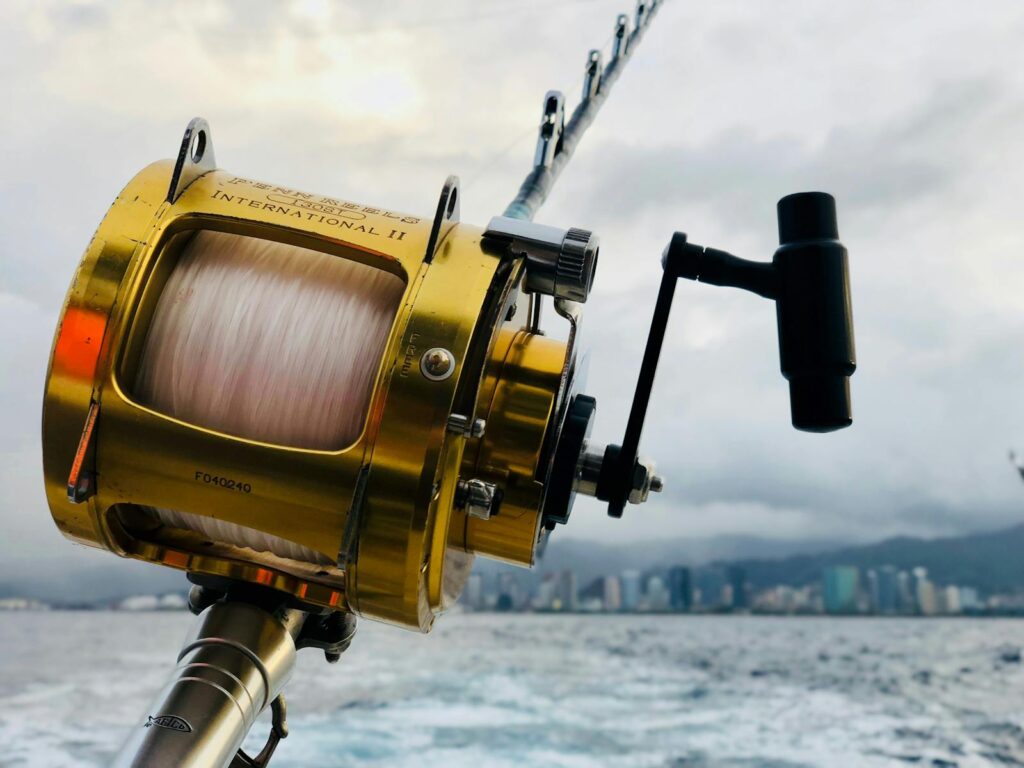
When selecting reels for international fishing expeditions, durability and versatility should be your primary concerns. For saltwater environments, invest in reels with sealed drag systems that prevent salt intrusion, such as those with sealed carbon fiber or ceramic drag components. Spinning reels in the 2500-4000 size range offer excellent versatility for most traveling anglers, capable of handling line weights appropriate for numerous species while remaining compact enough for easy transport. Fly fishers should consider large-arbor designs that retrieve line quickly and minimize line memory—critical when fighting strong fish in unfamiliar waters.
Always pack spare spools pre-loaded with different line weights and types, allowing you to quickly adapt to changing conditions or target species without the hassle of complete respooling. High-quality aluminum construction provides the best balance of weight and corrosion resistance, making it worth the investment for serious international anglers.
Line Selection Strategies for Global Fishing
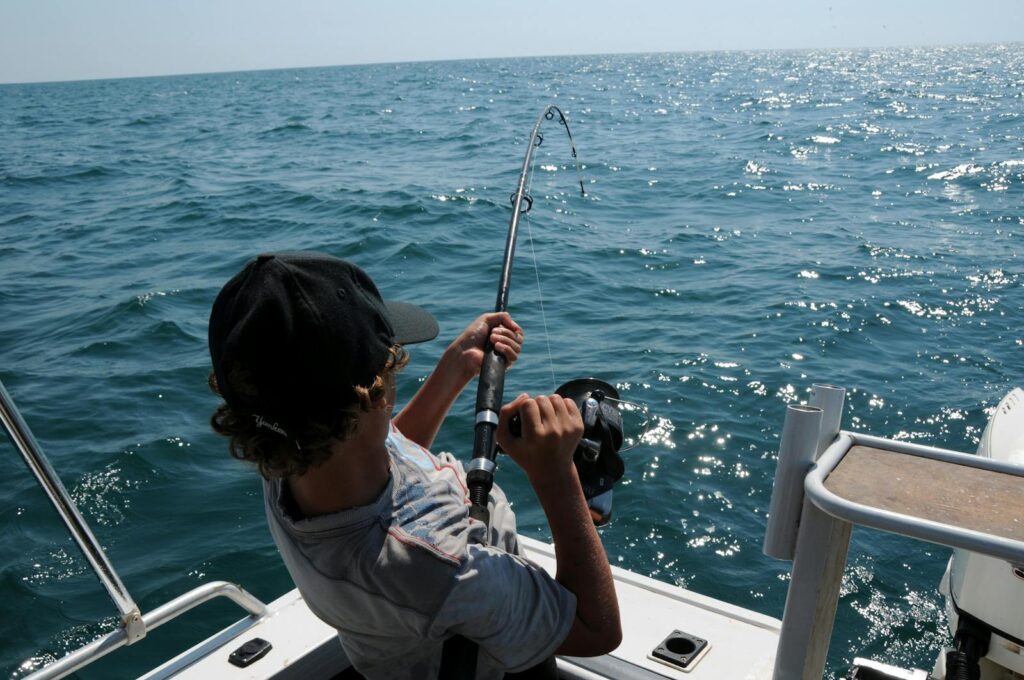
Fishing line requirements vary dramatically across international destinations, making this component one of the most important considerations in your planning process. Fluorocarbon lines offer near-invisibility in clear tropical waters and excellent abrasion resistance when fishing around coral or rocky structures, though they typically cost more than alternatives. Braided lines provide superior strength-to-diameter ratios, allowing you to pack more line strength into smaller reels—particularly valuable when targeting powerful species like GT (Giant Trevally) or peacock bass.
For fly fishing, bring floating, intermediate, and sinking lines to cover various water columns, as conditions can change rapidly even within the same fishing location. Always research line requirements specifically for your target destination and species, as using an 8-pound test when 20-pound is needed can mean the difference between the catch of a lifetime and a heartbreaking story of “the one that got away.”
Terminal Tackle for Every Continent
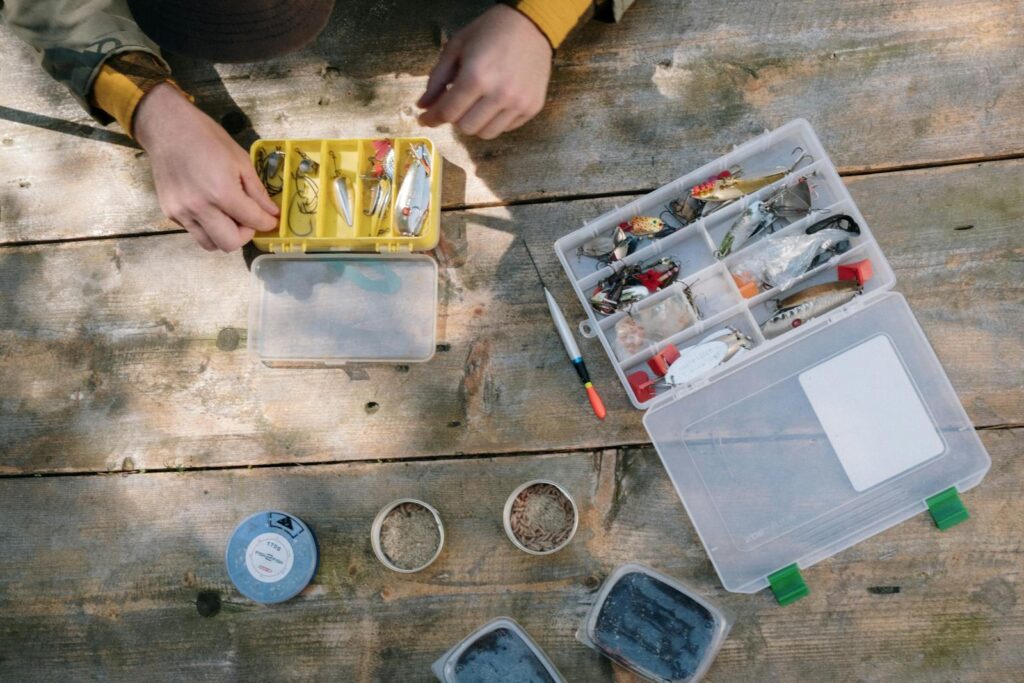
Terminal tackle—hooks, swivels, sinkers, and leaders—represents the critical connection between you and the fish, yet these small components are often overlooked in travel planning. Pack an assortment of hook sizes ranging from tiny #18 hooks for delicate freshwater presentations to robust 8/0 circle hooks for large saltwater predators. Leader material should include both monofilament and wire options, with mono leaders ranging from 4-40 pounds and wire leaders for toothy species like pike or barracuda. Split shot weights in various sizes allow for adaptation to changing current conditions, while a selection of egg sinkers and pyramid weights prepares you for deeper presentations when necessary.
Organizing these components in waterproof, compartmentalized containers not only protects them from corrosion but also makes streamside or boat-based tackle changes much more efficient in unfamiliar environments where time on the water is precious.
Lure Selection for International Species
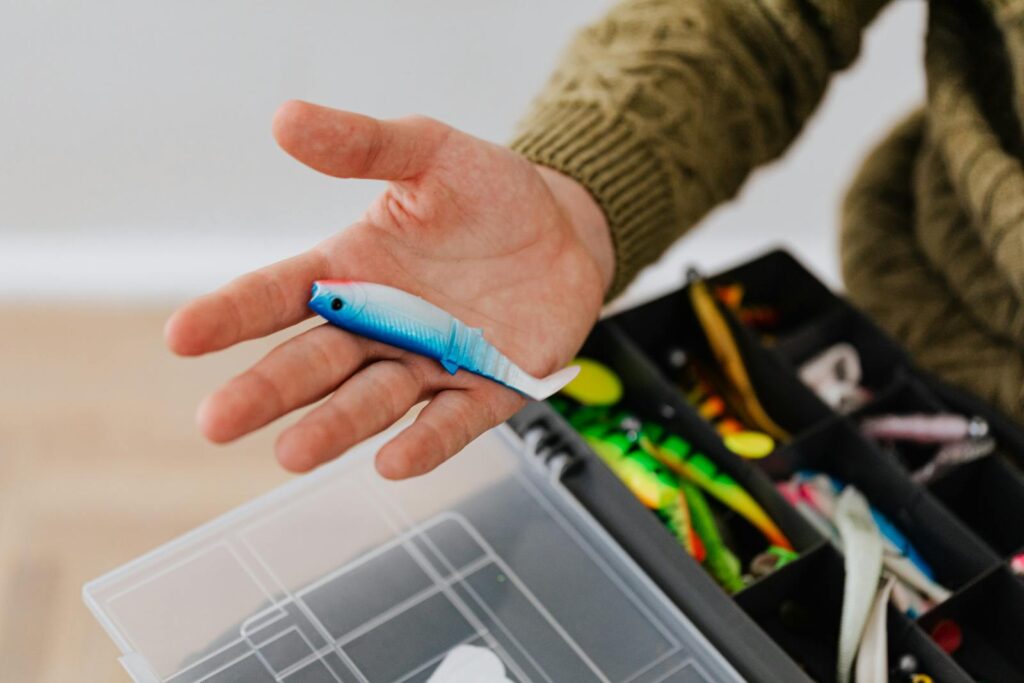
Effective lure selection for international fishing trips requires research, restraint, and versatility. Rather than packing your entire tackle box, focus on multi-purpose lures that have proven effective across multiple species. Soft plastic swimbaits in 3-5 inch lengths with neutral colors (white, silver, and natural baitfish patterns) work consistently worldwide for predatory species. Topwater walking baits create explosive strikes in both freshwater and saltwater environments, making them must-have additions to any international tackle collection. Compact metal spoons and spinners produce vibration and flash that trigger strikes even when language barriers prevent detailed local fishing advice.
Research regional baitfish before departure and pack lures that mimic their size, shape, and coloration—this biological approach to lure selection transcends cultural and geographical boundaries, allowing you to “match the hatch” whether you’re in Mongolia or Madagascar.
Fly Selection for Global Fly Fishing

For international fly anglers, a thoughtfully curated fly selection can make or break a trip without overwhelming luggage space. Start with attractor patterns that work across various ecosystems—Woolly Buggers in sizes 2-12 and black, olive, and brown colorations provide remarkable versatility from trout streams to saltwater flats. Terrestrial patterns like hoppers and beetles offer excellent summer options in virtually any freshwater environment worldwide, while Clouser Minnows in chartreuse/white and olive/white cover countless saltwater scenarios. Rather than packing hundreds of flies, focus on bringing a dozen each of 10-15 proven patterns, supplementing with locally purchased flies that match specific hatches or prey items once you arrive.
Waterproof fly boxes with silicone inserts protect your investment during travel through humid environments and unexpected rainstorms, while small, specialized boxes for different categories (dries, nymphs, streamers) make on-water organization more efficient across language barriers.
Travel-Friendly Fishing Tools and Accessories

The right tools can make international fishing trips significantly more enjoyable while preventing equipment failures from ruining your experience. A quality multi-tool with pliers, knife, scissors, and screwdriver functions serves as the foundation of your travel toolkit, handling everything from hook removal to emergency repairs. Collapsible landing nets with rubber mesh reduce carrying bulk while protecting fish intended for release, especially important when fishing in conservation-minded destinations. Headlamps with red light options allow for early morning rigging without disrupting your night vision, critical when fishing unfamiliar waters in pre-dawn hours.
Waterproof roll-top bags protect electronics and documents during unexpected downpours or boat spray, while microfiber towels serve multiple purposes from hand drying to fish handling with minimal packing space. These accessories should prioritize multi-functionality and compact design, as every cubic inch of luggage space is valuable when crossing international borders with fishing gear.
Weather-Appropriate Fishing Apparel

Strategic clothing selection for international fishing trips can dramatically impact your comfort and performance on the water. Invest in technical fishing shirts with UPF 50+ sun protection and quick-drying properties, particularly for tropical destinations where sun exposure and humidity create challenging conditions. Convertible pants with zip-off legs offer versatility across changing temperatures and cultural expectations—remember that shorts may be practical for fishing but inappropriate for visits to local communities in some regions. Merino wool base layers provide excellent temperature regulation in cold environments without retaining odors during multi-day trips where laundry access is limited.
Always research local weather patterns beyond simple averages, as fishing often occurs during transitional seasons where conditions can vary dramatically from typical tourist weather. Pack clothing that layers effectively rather than single heavy items, allowing adaptation to conditions that can shift dramatically between predawn fishing starts and midday heat, particularly in desert regions and high mountain lakes.
Footwear Solutions for Global Angling
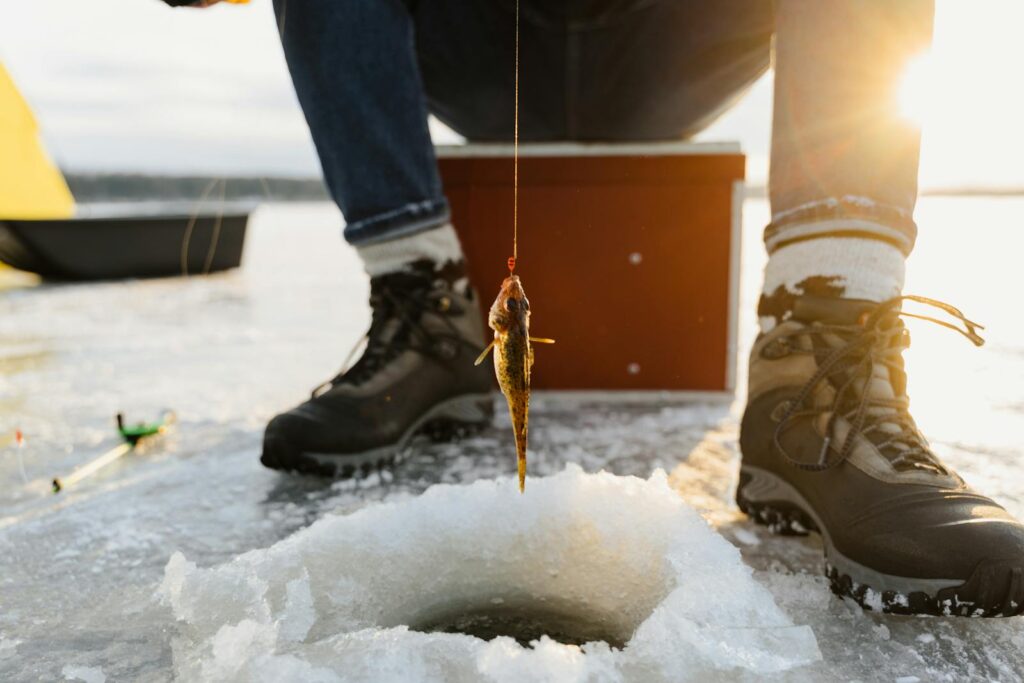
Appropriate footwear for international fishing expeditions must balance performance, protection, comfort, and packability. For wade fishing environments, lightweight packable wading boots paired with neoprene socks offer excellent protection while minimizing luggage space and weight compared to full waders. Boat-specific shoes with non-marking, siped soles provide secure footing on wet decks without damaging vessel surfaces—an important consideration when fishing from hired boats where equipment respect is essential. In tropical environments, closed-toe water sandals protect against coral cuts and hidden obstacles while allowing water drainage and preventing heat buildup.
Always break in fishing footwear before departure, as blisters can ruin fishing days regardless of how perfect the conditions might be. Consider destination-specific hazards like stingrays in shallow tropical waters (requiring shuffle-stepping) or slippery volcanic rocks in Iceland (necessitating aluminum-barred soles), adapting your footwear strategy to the specific risks of your chosen fishing environment.
Electronics and Navigation Tools
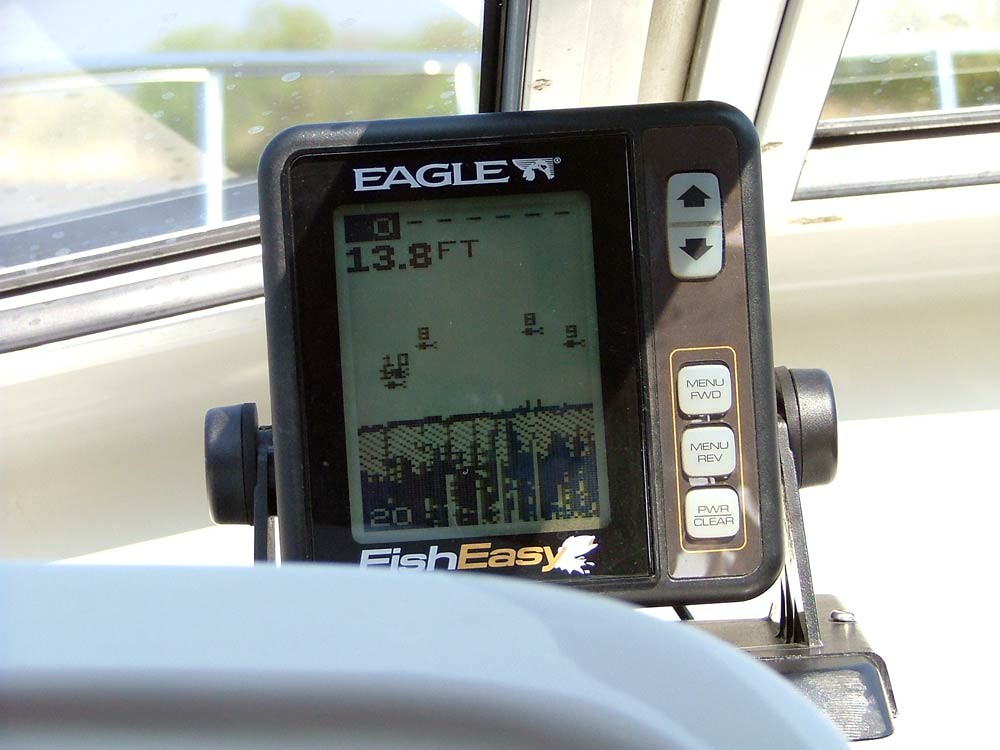
Modern electronics can dramatically enhance international fishing success while providing crucial safety benefits in unfamiliar waters. Handheld GPS units with preloaded international maps help navigate complex delta systems or find your way back to shore when visibility deteriorates unexpectedly. Portable fish finders that connect to smartphones have revolutionized travel fishing, allowing anglers to assess depth and structure without carrying bulky traditional units. Satellite communicators provide emergency contact capabilities in remote regions beyond cellular coverage, offering peace of mind for anglers exploring distant wilderness fisheries.
Weather radio receivers with multiple-country frequencies deliver advance warning of approaching storms, particularly valuable when fishing regions prone to rapid weather changes like tropical coastlines or mountain lakes. Research power compatibility before departure, packing appropriate adapters and considering solar charging options for extended trips to regions with unreliable electricity, ensuring your electronic aids remain functional throughout your fishing adventure.
Packing and Transportation Strategies
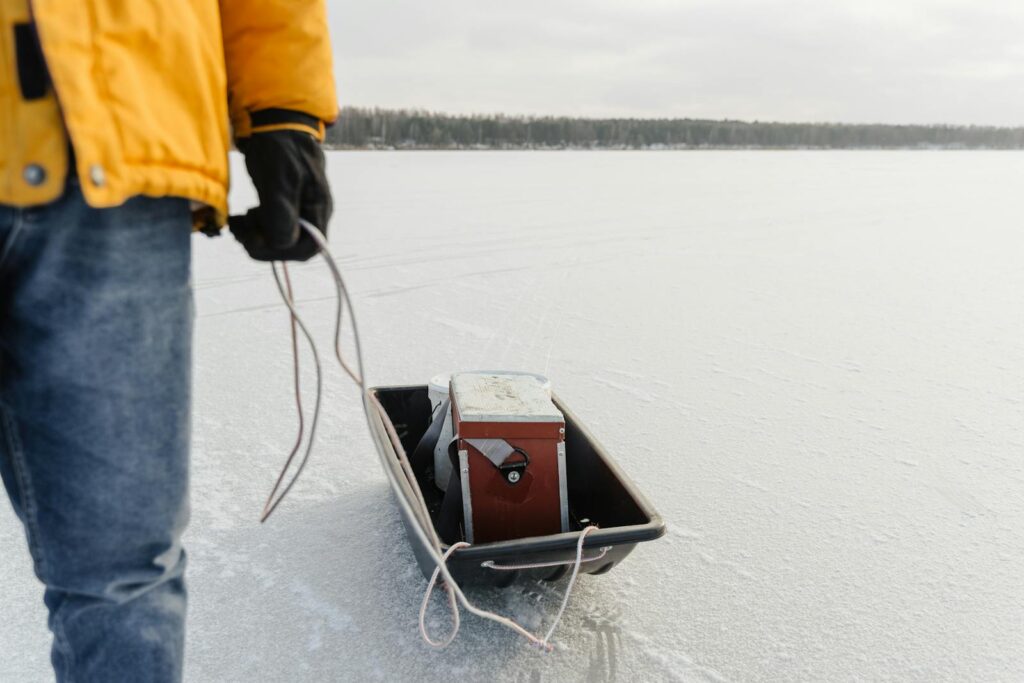
Transporting fishing gear internationally requires careful planning to prevent damage and comply with airline and customs regulations. Hard-sided rod cases with internal padding provide superior protection during the rigors of international travel, while reel cases with individual compartments prevent contact damage between these precision instruments. Research airline policies specifically regarding fishing equipment, as some carriers offer sporting equipment allowances that can save significant baggage fees when properly requested. Separate terminal tackle components containing hooks into checked luggage, as these items are universally prohibited in carry-on baggage regardless of destination.
Create detailed packing lists categorized by fishing environment type rather than by gear category, ensuring each potential fishing scenario has all necessary components without unnecessary duplication. Photograph all high-value items before departure with serial numbers visible, facilitating insurance claims if damage or loss occurs during international transit, and maintain digital copies of all receipts for major equipment purchases.
Understanding International Fishing Regulations

Navigating fishing regulations across international boundaries requires diligent research and respectful compliance. Many countries require specific fishing licenses purchased in advance, while others sell permits only through local outfitters or government offices with limited hours of operation. Research size and bag limits for target species, as these can vary dramatically even between neighboring countries—what constitutes a trophy keeper in one nation might be a protected breeding-size fish in another. Understand seasonal restrictions that may affect your trip, particularly regarding spawning closures or protected species interactions that might not align with fishing seasons in your home country.
Conservation areas and marine protected zones increasingly exist worldwide, often with complex boundaries and varying restriction levels that require careful navigation using GPS coordinates. Always carry physical copies of all permits and licenses, as digital versions may not satisfy enforcement officials in remote areas, and maintain a respectful, cooperative attitude during any regulatory interactions, recognizing that sustainable management benefits both local ecosystems and future angling opportunities.
Cultural Considerations for Global Anglers

Successful international fishing extends beyond gear and regulations to embrace cultural awareness and respect. Research local fishing traditions before arrival, as techniques considered standard in Western countries may appear unusual or even disrespectful in regions with different angling histories. Learn basic fishing terminology in the local language, particularly words for common species, catch-and-release requests, and expressions of gratitude when receiving assistance from local anglers. Understand regional attitudes toward fish consumption, as catch-and-release practices embraced in some countries may conflict with subsistence fishing expectations in others, requiring thoughtful navigation of different value systems.
Show genuine interest in local fishing methods even when they differ from your preferred techniques, as traditional approaches often reflect generations of refined knowledge about local waters. This cultural respect frequently opens doors to local knowledge and fishing opportunities rarely experienced by tourists focused solely on imposing familiar techniques in unfamiliar waters.
Creating Your International Fishing Bucket List

Developing a strategic international fishing bucket list transforms random destination selection into a lifetime of purposeful angling adventures. Consider organizing your list around specific fish species rather than countries, tracking iconic catches like peacock bass in the Amazon, brown trout in Patagonia, or giant trevally in the Seychelles. Alternatively, create themed fishing journeys focused on fishing styles, such as pursuing dry fly opportunities across five continents or experiencing traditional net fishing techniques alongside local practitioners worldwide. Balance aspirational “dream trips” requiring significant investment with more accessible destinations that provide international experience while building skills for more challenging future expeditions.
Document your international fishing experiences thoroughly through journals, photographs, and videos, creating not just memories but educational resources for planning subsequent adventures with greater confidence and efficiency. The most rewarding international fishing bucket lists typically combine challenging trophy pursuits with cultural immersion opportunities, recognizing that the most memorable fishing stories often involve the people and experiences surrounding the catch rather than simply the fish themselves.
Conclusion

International fishing represents one of the most rewarding ways to experience our planet’s diverse ecosystems and cultures. With thoughtful gear selection, careful preparation, and respect for local environments and traditions, anglers can create extraordinary fishing memories across continents. The gear recommendations in this guide provide a starting framework, but remember that flexibility and adaptation remain the most valuable skills in any global angler’s arsenal. Whether you’re casting to rising trout in Slovenia or trolling for sailfish off Costa Rica, the preparation you undertake before departure dramatically impacts your success on distant waters.
Pack wisely, fish respectfully, and embrace the learning opportunities that come with each international angling adventure.
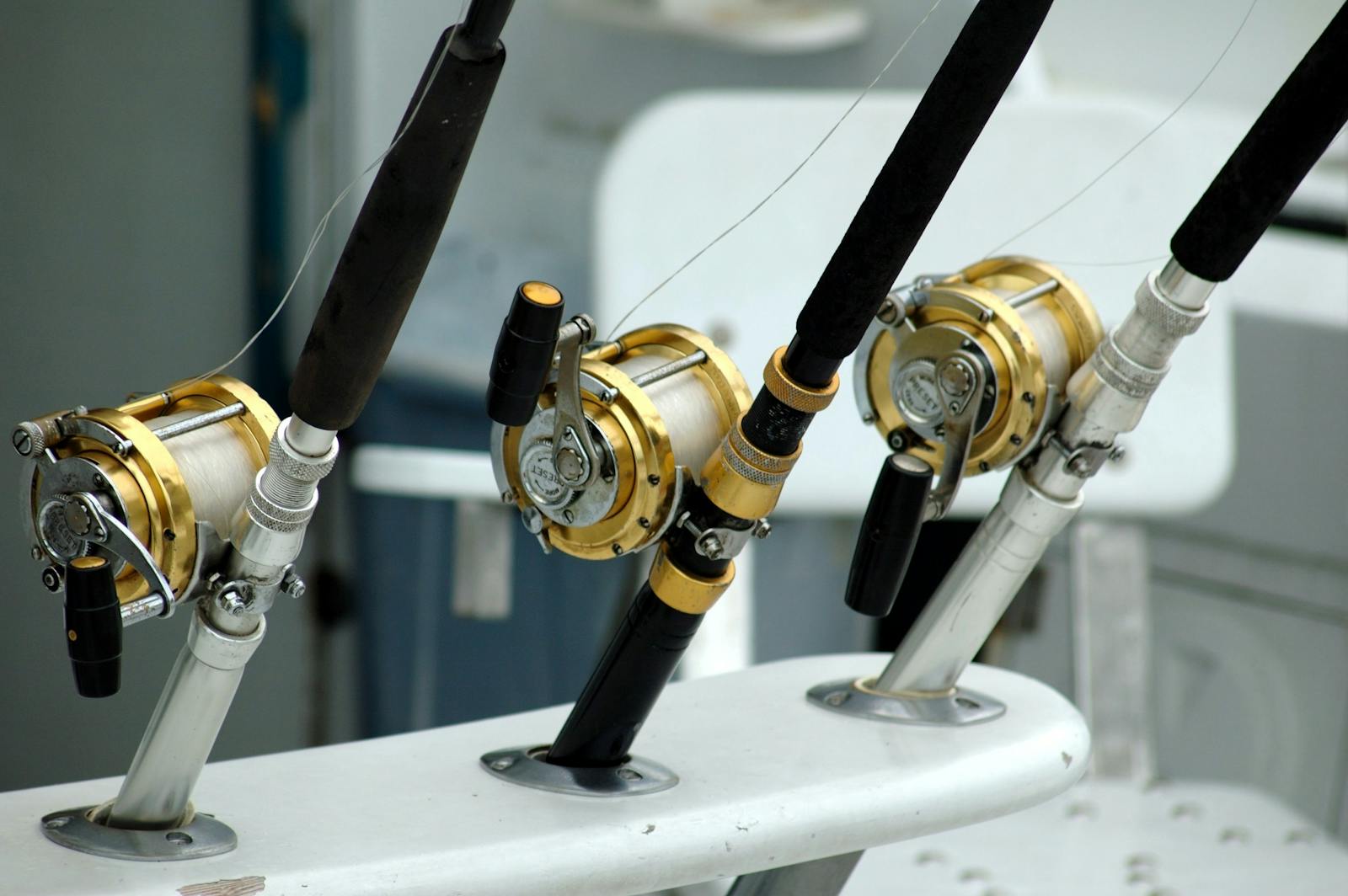
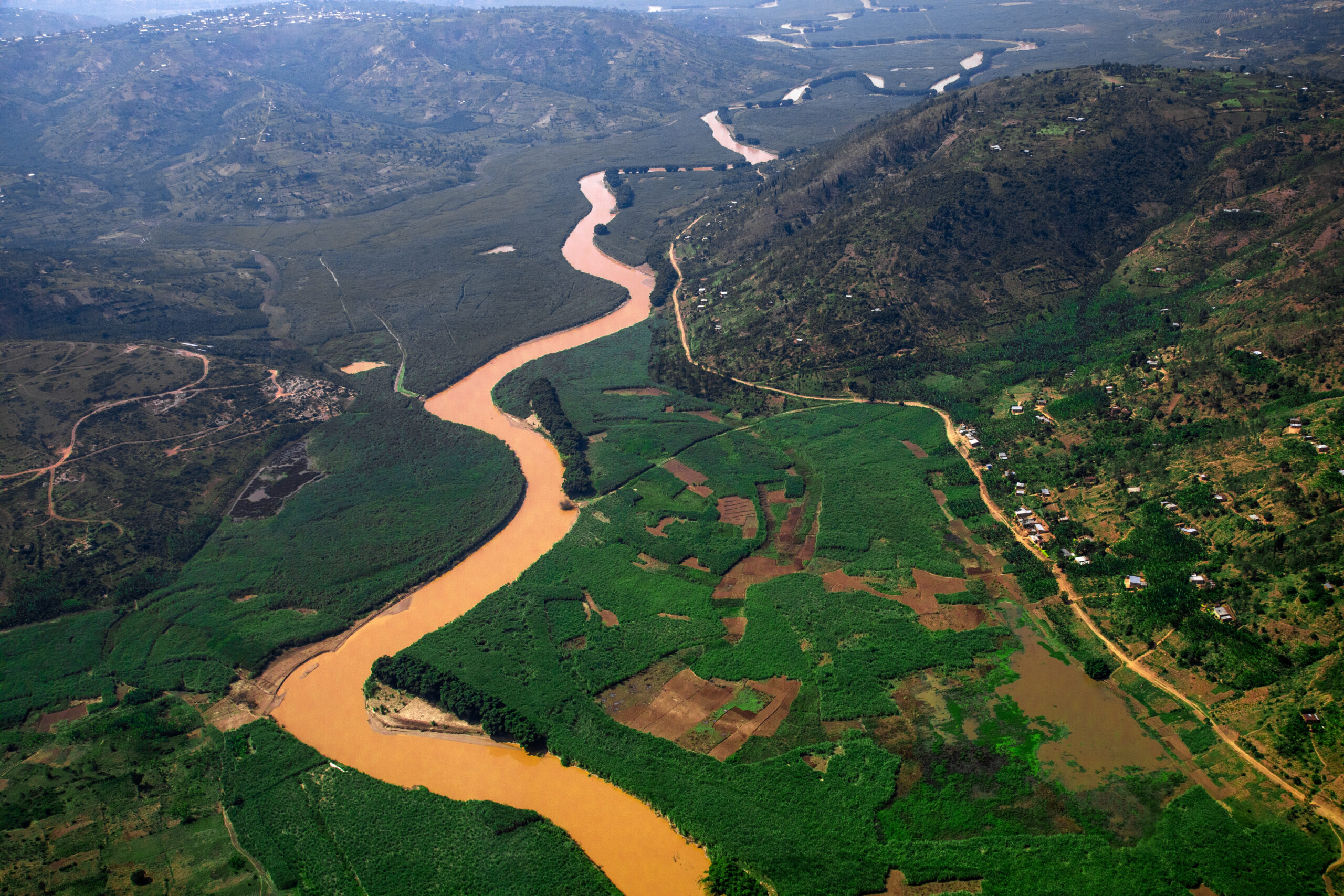












Post Comment